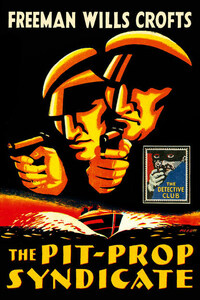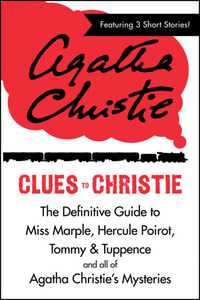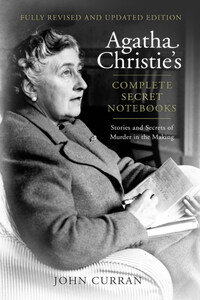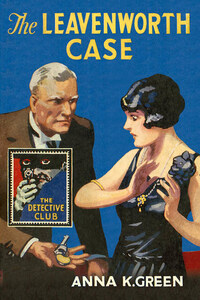COLLINS CRIME CLUB
an imprint of HarperCollinsPublishers Ltd
1 London Bridge Street
London SE1 9GF
www.harpercollins.co.uk
First published in Great Britain by W. Collins Sons & Co. Ltd 1922
‘Danger in Shroude Valley’ first published in
The Golden Book of the Year by Blandford Press 1950
Copyright © Estate of Freeman Wills Crofts 1922, 1950
Cover layout design © HarperCollinsPublishers Ltd 2018
Introduction © John Curran 2018
A catalogue copy of this book is available from the British Library.
This novel is entirely a work of fiction. The names, characters and incidents portrayed in it are the work of the author’s imagination. Any resemblance to actual persons, living or dead, events or localities is entirely coincidental.
All rights reserved under International and Pan-American Copyright Conventions. By payment of the required fees, you have been granted the non-exclusive, non-transferable right to access and read the text of this e-book on screen. No part of this text may be reproduced, transmitted, down-loaded, decompiled, reverse engineered, or stored in or introduced into any information storage and retrieval system, in any form or by any means, whether electronic or mechanical, now known or hereinafter invented, without the express written permission of HarperCollins.
Source ISBN: 9780008190552
Ebook Edition © March 2018 ISBN: 9780008190569
Version: 2018-02-02
‘THE DETECTIVE STORY CLUB is a clearing house for the best detective and mystery stories chosen for you by a select committee of experts. Only the most ingenious crime stories will be published under the THE DETECTIVE STORY CLUB imprint. A special distinguishing stamp appears on the wrapper and title page of every THE DETECTIVE STORY CLUB book—the Man with the Gun. Always look for the Man with the Gun when buying a Crime book.’
Wm. Collins Sons & Co. Ltd., 1929
Now the Man with the Gun is back in this series of COLLINS CRIME CLUB reprints, and with him the chance to experience the classic books that influenced the Golden Age of crime fiction.
‘MR CROFTS is the master of this austere, unsensational but—to minds who enjoy stubborn but logical reasoning—enthralling type of puzzle fiction.’
This assessment of Freeman Wills Crofts’ output by author and publisher Michael Sadleir in a BBC radio review of an early Crofts title was both accurate and very fair. In fact, it remained true for the rest of Croft’s career; and, indeed, to this day.
To Crofts belongs the shared honour of inaugurating the Golden Age of Detective Fiction. The publication of his first novel, The Cask, in 1920 launched that celebrated era in the history of crime fiction. Christie’s The Mysterious Affair at Styles is usually bracketed alongside it, although, to be strictly accurate, its 1920 publication was only in the US, with UK publication delayed until January 1921.
The Cask, in many ways, created the template for a Crofts detective story: a meticulous investigation carried out with painstaking attention to detail and focusing, for the most part, on alibis and timetables. The reader is at the detective’s side throughout the book as he doggedly pursues even the slightest clue, forcing it to give up its secret. Having achieved considerable success with The Cask, Crofts remained faithful, to a greater or lesser degree, to this type of story for the rest of his writing career. And so it is with The Pit-Prop Syndicate: there is little action, and the only excitement is of the cerebral kind. But this did not prevent Crofts becoming one of the ‘Big Five’ of Golden Age detective fiction, alongside Agatha Christie, Dorothy L. Sayers, R. Austin Freeman and H. C. Bailey. More than half a century after its publication, the author, reviewer and crime fiction historian, Julian Symons, chose The Pit-Prop Syndicate for inclusion in his list of ‘The Hundred Best Crime and Mystery Books’, compiled for The Sunday Times in 1957.
Crofts followed his first novel with a more traditional country house mystery, The Ponson Case in 1921; his third book, The Pit-Prop Syndicate, appeared in 1922, and The Groote Park Murder, set partly in South Africa, followed the year after. In each of his first four books an official police investigator carries out the investigation: Inspector Burnley in The Cask; Tanner in Ponson; Willis in Pit-Prop; Vandam in Groote Park. This experimentation finally brought about the emergence of Crofts’ signature detective, Joseph French, who made his debut in 1925 in














